In recent columns I have covered the issue of "getting your money's worth" when buying bullion. Recent price increases in precious metals valuations has increasingly focused public attention on silver and gold. Long viewed as a safe haven, holding these commodities is touted as a means of preserving your purchasing power as the dollar loses its status as the World's reserve currency. The dollar is depreciating fast and - like an impatient parent pushing a recalcitrant child off the end of a diving platform - its about to go over the edge and plummet.
One should always strive to get the most for their money when acquiring bullion. Regardless of the source, you want to drive a hard bargain and get the best deal you can. Right? One of the least expensive means of purchasing bullion - frequently with the lowest mark-ups in the form of premium paid above melt - is to buy old 90% silver content coins. Until 1964, these coins were in circulation, serving as our everyday change for commercial trade and personal transactions. Called junk silver, it is available from most online dealers in varying quantities, by roll or by bag.
As illustrated in another column, it is a given fact that, as silver circulates, wear accumulates on high points on the relief of the design, and along the rim. Some coins, like the early Standing Liberty quarters, were poorly designed. The date wore away too easily, in many cases obliterating the year. It is more common, nowadays, to find dateless Standing Liberty quarters than ones with the year yet legible. Coins that develop wear incrementally lose microscopic amounts of their silver bullion content, and over years the loss can become significant.
Your best bet to get the most for your money then, would be to buy bags of junk silver. As I implied, you can purchase them from any number of online bullion dealers. Or you can do like I've done in the past. Search ebay for silver, then hit U.S. coins, and you'll usually generate about 40,000 hits. You need to be fast, and know what you want ahead of time, and what you're willing to pay. Because if you take this route you'll discover that the listings fly by you, as many as fifty expiring per minute. Sometimes taking this shotgun approach can lead to good deals though.
It's probably better to take a more relaxed approach. Say you'd like to bid on $10 worth of junk silver. You could just type in $10 face silver, and you'll generate several hits. But you'd probably be better off entering silver half dollar rolls ($10) or silver quarter rolls ($10) or silver dime rolls ($5). Depending on whom your bidding against the prices can vary, but will usually reflect a small ten to fifteen percent premium to melt. Halves generally are bid higher. Don't forget to factor in shipping costs. And always check feedback for a high number with nearly 100% approval ratings.
My recommendation if you're just starting to accumulate junk silver as bullion is to pick up 1964 90% silver content Kennedy half dollars, as well as 1965 to 1969 40% silver content Kennedy halves. The 40% halves reflect the lowest downside risk, you can always spend them for their face value. But coinflation.com reveals their silver content is currently valued at nearly $2.73. The 90% are valued at $6.67. A bid at melt for $10 face would need to be $133.40. You can use advanced search features and check completed auctions for similar items to determine a fair bid.
One trick I employ is to bid on multiple listings from the same seller. They will often discount shipping and handling charges a considerable amount. You might want to underbid a bit to see if you can get the shipping essentially for free. If at first you don't succeed, don't become disheartened. There are people and sniping services that do this professionally. Just keep bidding and eventually you could win a listing. Don't make the mistake of chasing a competitor's bid if it exceeds your predetermined ceiling. There will always be another item similar to the big fish that just got away.
My second choices for junk silver would be a tie between 90% silver content pre-1964 Washington quarters and 90% silver content pre-1964 Roosevelt dimes. If the day ever comes when coins are valuable and currency worthless ("hey, that's now!") it will be useful to have all denominations for different levels of bartering. Washington quarters have been minted since 1932, you might get some earlier ones that are pretty heavily worn, with features obscured. In the parlance of coin collectors and bullion buyers these are known as "slicks."
Roosevelt dimes, in contrast, have been in circulation a far shorter period of time. Their production by the United States Mint began in 1946. They will show proportionately less wear than older dimes. Collectors are often drawn to the design of a coin, and are thus willing to pay a premium based on their desire to acquire them. This seems to be the case for the "Mercury" dime, actually originally referred to as the Winged Liberty Head design, the Walking Liberty half dollar, and the Standing Liberty quarter. If you bid on these, you'll be competing with numismatists.
I have to admit, Mercury dimes are "pert little thangs." Designed by Adolf Weinman in 1915 the former student of Augustus St. Gauden's was widely renowned as one of the nation’s best sculptors. Production of Winged Liberty Head began in 1916 and continued through 1945. This same artist designed one of the most elegant of American coins, the Walking Liberty half dollar. This coin circulated from 1916 to 1947. Herman MacNeil designed the Standing Liberty quarter. It circulated from 1916 to 1931, but its life was cut short by plans for a quarter honoring the bicentennial anniversary of George Washington's birth.
All of these coins are 90% silver bullion content, but if your goal is to get the most bullion you can afford, stay away from these puppies. While the first litter I mentioned might bump your leg and lick you affectionately, these little rascals will nip your ankles. And they have sharp teeth. The premium you'll have to pay for these coins is just too high for them to qualify as good deals for bullion. You could still place your regular bid amounts and you might get lucky. Who knows? Stranger things have happened. The revenants who haunt these roams have to sleep too, so you might have a ghost of a chance.
Finally, there's the Barber series. These coins will likely be worn smooth, even if you were to win them at a fair price. If you closely examine images depicting the coins you are bidding upon, you'll note perhaps one or two coins that might grade fair, many will be good, but most will be about good. This is not good. The features of the designs on these coins are barely visible, the date may only be visible if you turn the coins at an angle and squint, and these coins are often discolored, bent, scratched, holed, or otherwise basically obliterated. You'd be doing them a favor to bury them.
There is far too much to cover in one column to touch upon all the basics in bidding on ebay for silver bullion, but I hope I've covered the essentials. You may find it worth your time to enlist the support of a sniping service. This will free you from having to watch your auction as the clock ticks down, waiting for the last seconds to place your bid, then cursing if you're too late or if you became distracted and missed your chance. Sniping services take over this role for you. The one I use is PowerSnipe: http://powersnipe.com/. See you on ebay, where they never run out of bullion.
Buy Silver. Buy Gold. Save Copper. Start Now.
Sunday, December 6, 2009
Subscribe to:
Post Comments (Atom)



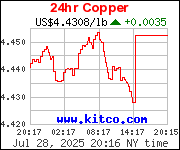


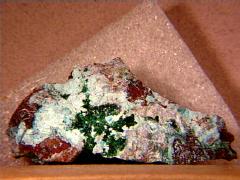

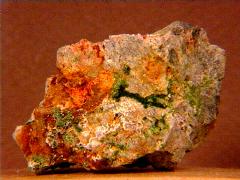
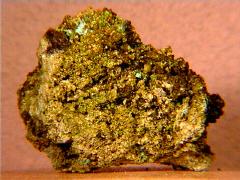
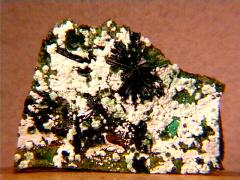
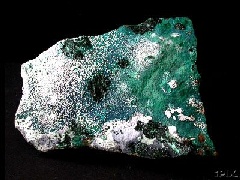


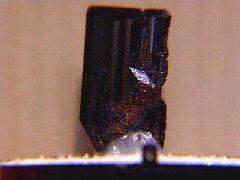
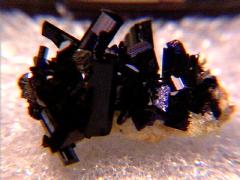
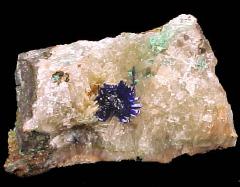


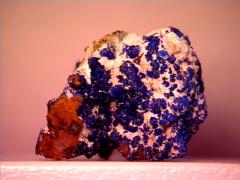






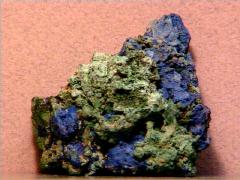

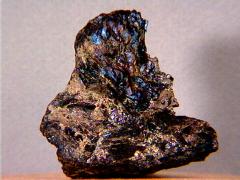




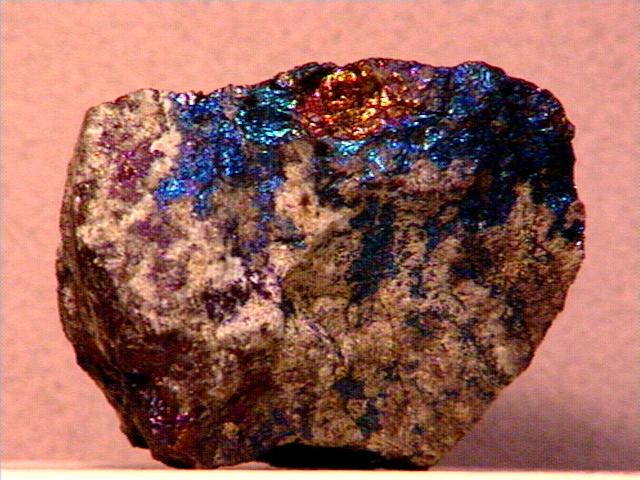


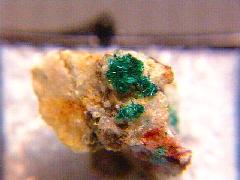
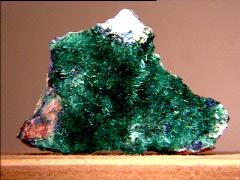






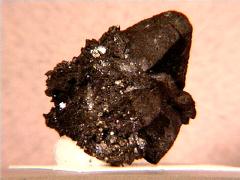
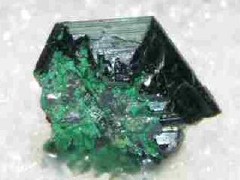
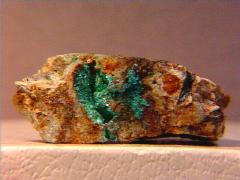

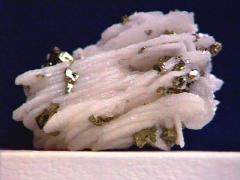
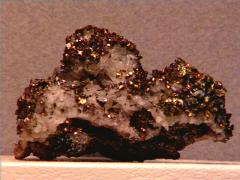

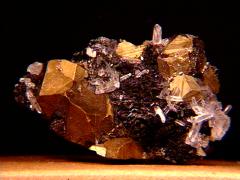
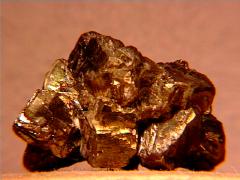




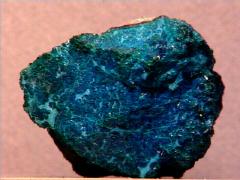
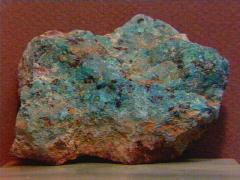


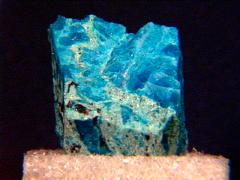
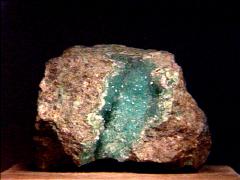
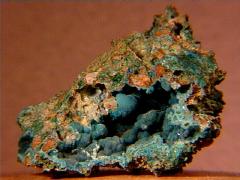
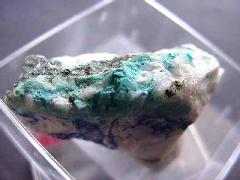
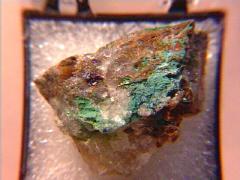
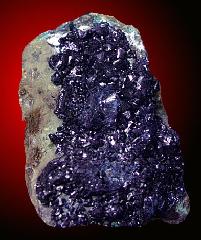
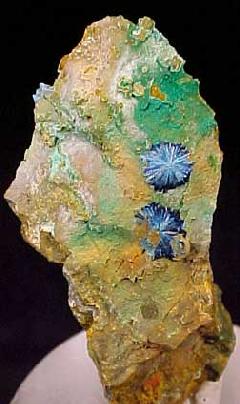
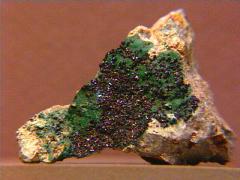

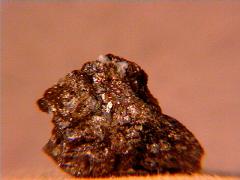
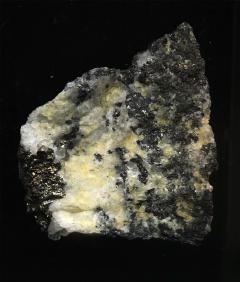



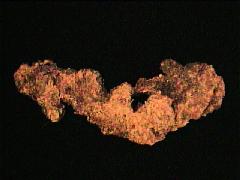


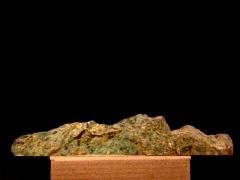



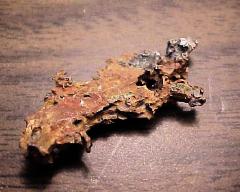
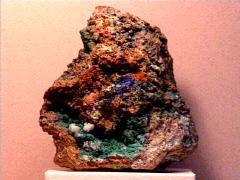


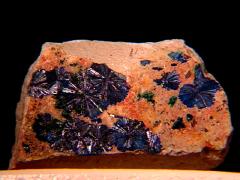
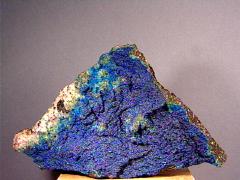

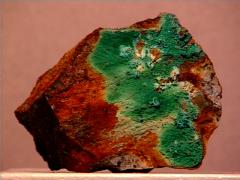


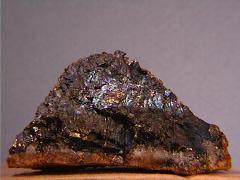
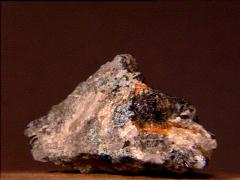


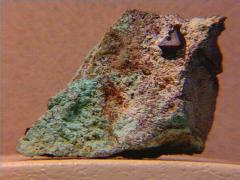


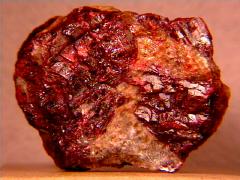
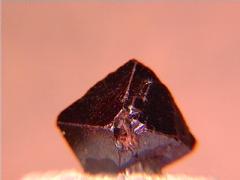

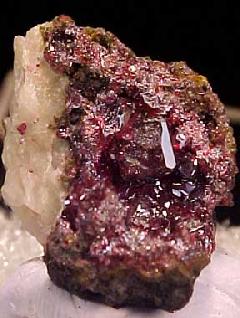


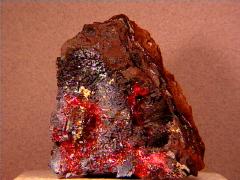


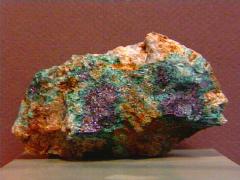

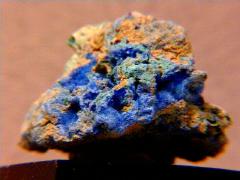

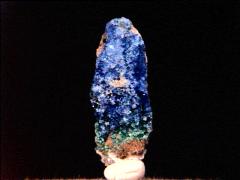




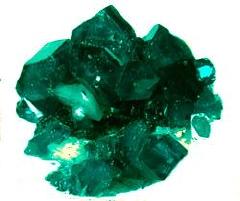



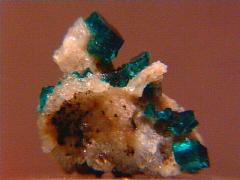








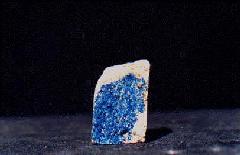


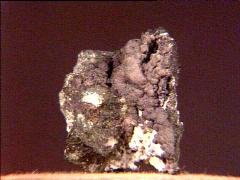
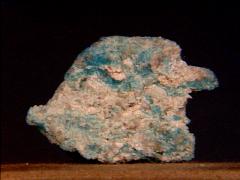
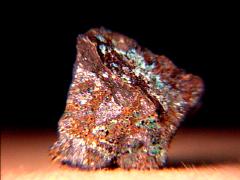





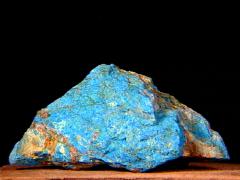

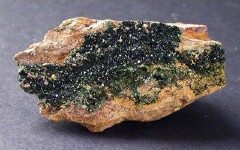


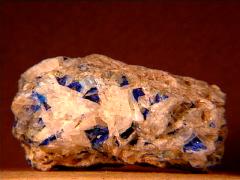
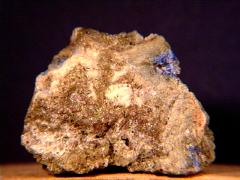


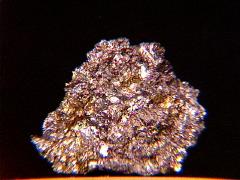
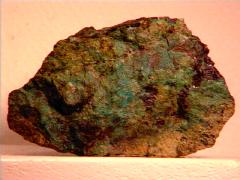
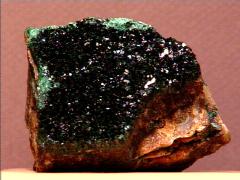
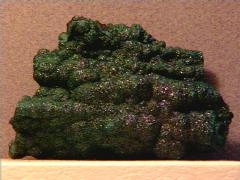




I bought the Liberty Quarter eagle which holds the distinction of keeping the same design for the longest time in American history for gold coins.
ReplyDeleteGold Quarter
Thanks for this wonderful blog. It really aroused my interest to go over and read it again. Your article conveys to the knowledgeable minds of the readers.
ReplyDeletefatbbw